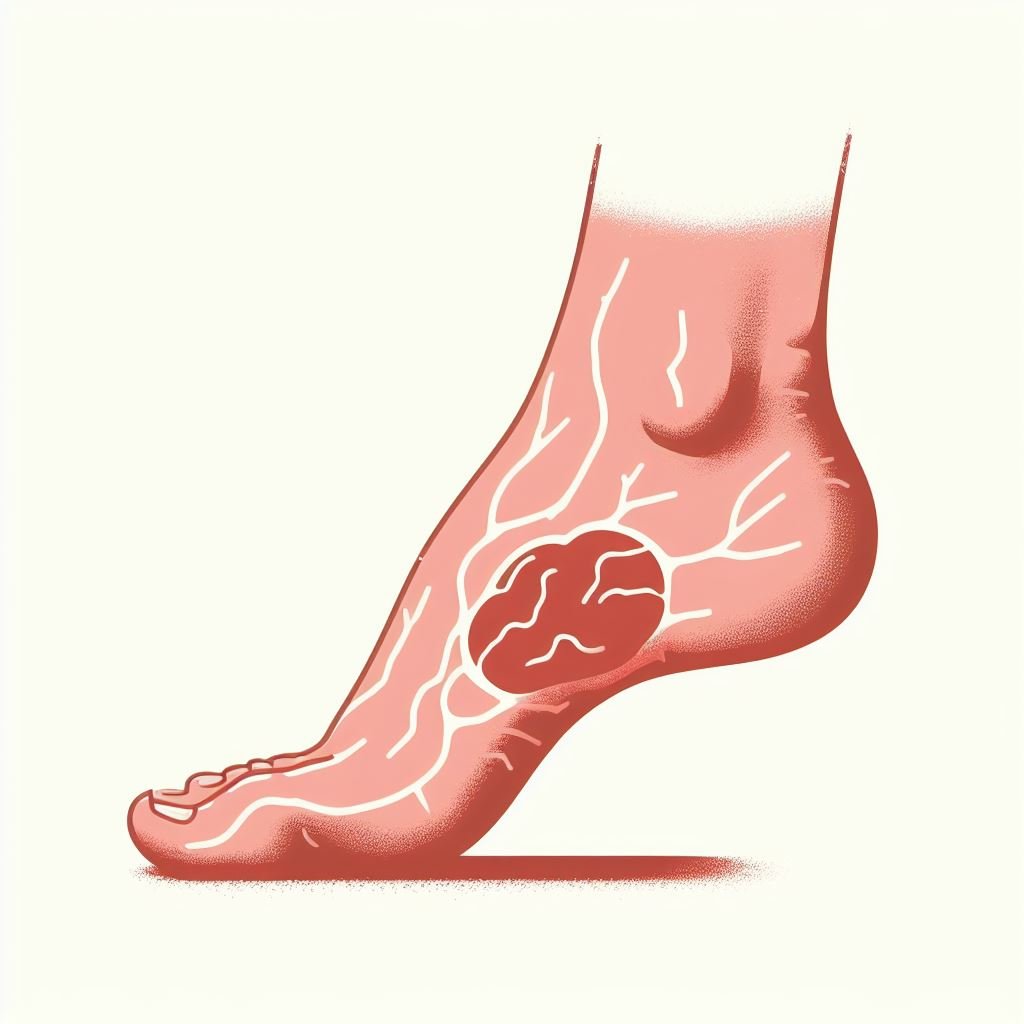The Problem.
Diabetic Foot Ulcers
Diabetes mellitus, a persistent metabolic disorder, places a substantial economic strain on both patients and the global healthcare industry. In the United States alone, the annual cost of treating diabetic foot ulcers (DFUs) exceeds $237 billion, with individual treatment expenses ranging from $13,000 to $17,000 and escalating to $42,000 with amputation.
Moreover, this economic burden has seen a staggering 26% increase in the last five years, not accounting for the associated losses in productivity and diminished quality of life. Surprisingly, individuals with a DFU experience a higher 5-year mortality rate compared to those with breast cancer.
Current Standard of Care
The following outlines the typical procedures or steps involved in treating diabetic foot ulcers. Various products are available for use at each step. While these steps often lead to successful healing, certain wounds may not respond due to various factors.
Wound Assessment - Knowing the distinct features of the diabetic foot ulcer is essential to determining how to treat the wound.
Wound Debridement - Necrotic tissue must be removed from the wound to inspect the underlying tissue.
Infection Control - Infections are a concern, and antibiotic therapy needs to be determined and administered.
Moisture Balance - Keeping the wound moist with a dressing helps stimulate healing.
Pressure Offloading - Pressure reduction by offloading weight is a key factor to improve healing.
Our Solution.
The SenLore™ device represents a groundbreaking advancement in the field of wound care management, specifically tailored to address the persistent challenges posed by diabetic foot ulcers (DFUs) and related lower extremity wounds.
Adlore's commitment to innovative healthcare solutions has culminated in the development of this cutting-edge device, integrating new technology and concepts enhancing the healing process for individuals afflicted by DFUs.
Importantly, Adlore has ensured that the SenLore™ device is accessible and user-friendly, catering to the needs of individuals in underserved communities and those with limited access to regular medical facilities.






